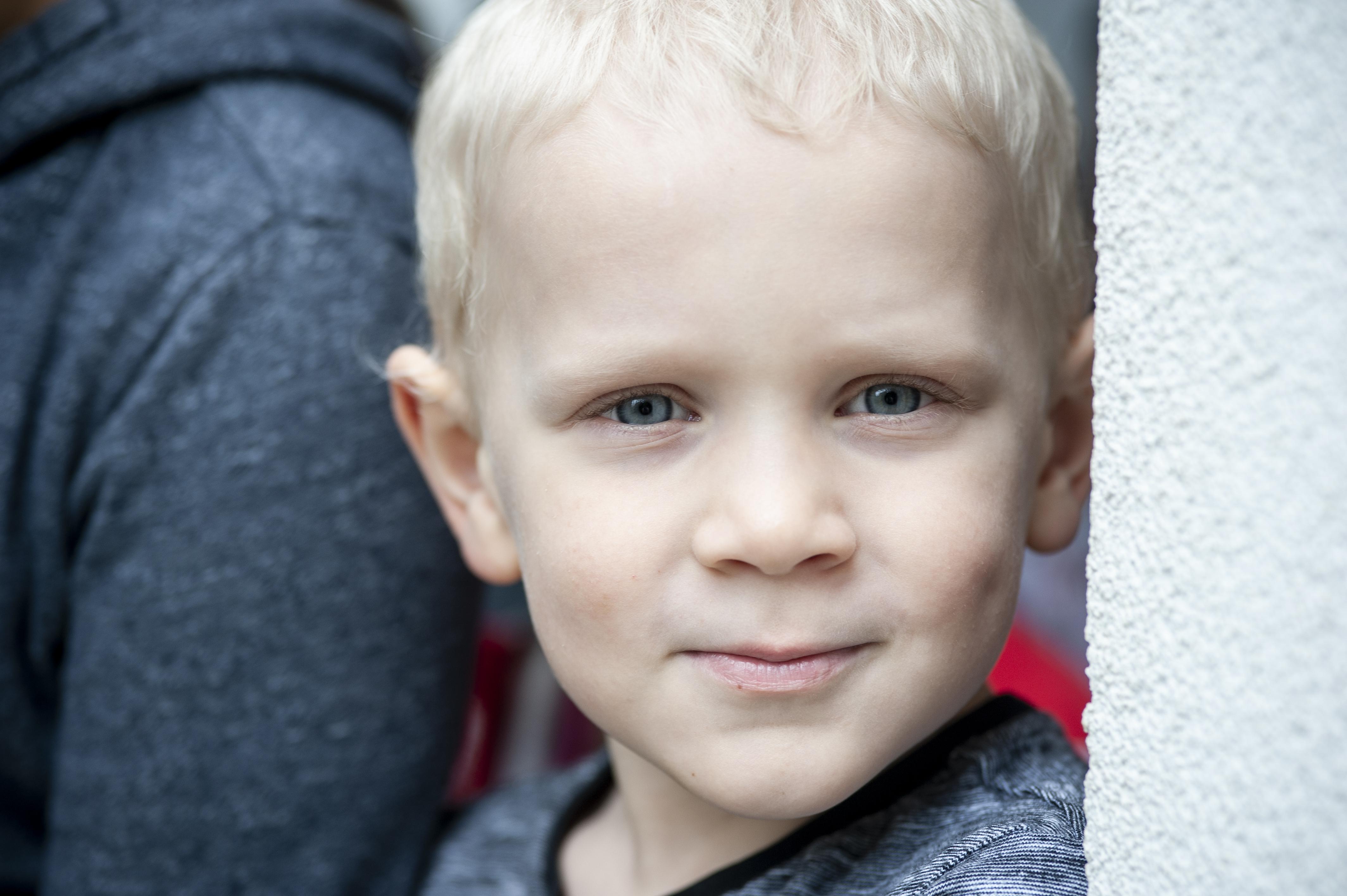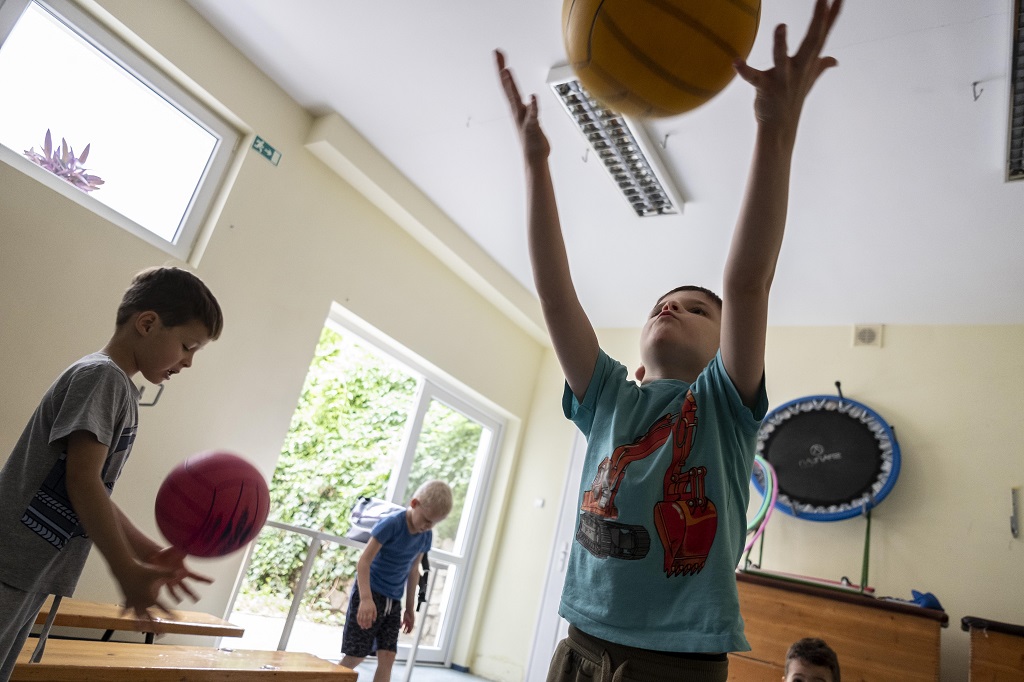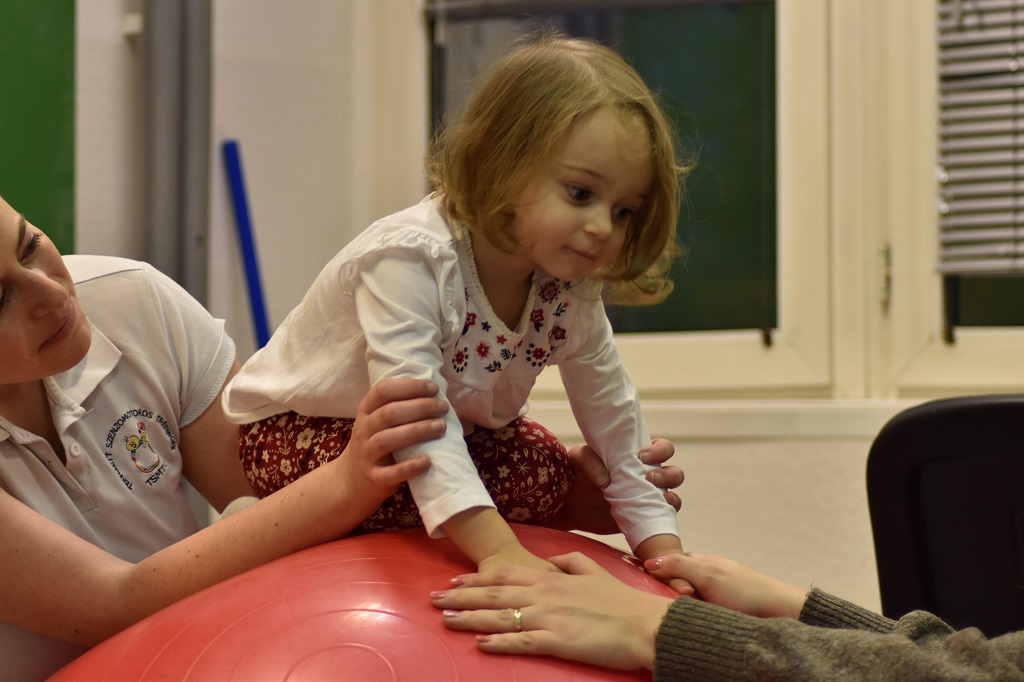
Author: Mónika Szántó, certified developmental educator, TSMT therapist and mentor
Instructor at TSMT-HRG College
To view the mechanism of action of TSMT and HRG therapies on behavioural difficulties, click here!
A few words about ILBD:

According to the definition formulated in Paragraph 4 Section 3 of Act CXC of 2011 on National Public Education, learners with integration, learning and behavioural difficulties (hereinafter referred to as ILBD) are “children/learners requiring special treatment who on the basis of the committee of experts’ opinion significantly underperform compared to their age, have behavioural difficulties, trouble with social interactions, learning and self-regulation, whose integration and personality development is challenged or follows an individual tendency, but who are not considered as learners with SEN (special educational need).”
ILBD is associated with negative phenomena such as significant underperformance and difficulties with integration/inclusion, personality development, social interaction, learning, and self-regulation.
The determination or exclusion of ILBD is the responsibility of the district expert committee.
We are facing learning difficulties when a child’s IQ is below the average, while his intellectual abilities are still in the normal range. The child is typically a slow learner, has poorer performance in one or more areas, has to cope with emotional and mood problems, motivation challenges, his environmental conditions are deficient, has irregular attendance, the teaching methods he has access to are inadequate and there is a frequent change of teachers around him. The ILBD may be either temporary or permanent. The development of children with ILBD takes place with the help of a developmental educator. Learning difficulties are not identical with learning disorders. The latter is a set of specific, complex cognitive and behavioural symptoms; its development takes place with a special needs teacher.
Attitude is the person’s actions shown to the people around and controlled to varying degrees. It develops as a result of the child’s personality traits and the acquired moral standards and values determined by his close and wider social environment.
Behaviour is the wilful and conscious regulation of actions and speech. Learning processes and the development of cognitive functions (attention, memory, thinking and imagination) play a significant role in their development. The aforementioned traits are important in the development of emotion regulation, frustration management, coping strategies, self-regulation and different attitudes. We are dealing with a disorder when the condition is severe, long-lasting, and requires special care (psychological or psychiatric: anxiety, opposition, conduct disorder).
In case of learning difficulties the symptoms occurring in the attitude and behaviour are presumably not of lasting nature, they are perceived for a certain period only, and they may disappear as a result of appropriate developmental or therapeutic sessions (frequent loss of temper, blaming others, hypersensitivity, frequent arguing with the adults around, confrontation with their expectations and norms, being deliberately disturbing or irritating, outbursts of anger, desire for vengeance and malevolence).
What are the possible reasons for development of behavioural difficulties?
- the child’s development is not neurotypical, i.e. does not show a smooth progress in all areas (e.g. delayed social skills development)
- emotionally stressful life events (e.g. painful or traumatic events, like loss, death of a loved one, divorce, moving, change of institution)
- the significant difference between the family’s parenting style and the behaviour, norms and rules expected by the institution
- mismatch between the teacher and the child (e.g. the teacher cannot handle the child, has a wrong attitude to him).
- as a result of long-term illness
- as a result of emotional or physical neglect
- as a result of emotional, physical or other forms of ill-treatment or abuse
Each area of skills develops the most during its sensitive period, and this is the time when the best developmental results can be achieved. Until the age of six, harmonisation of movement and perception takes place, at which time the neural pathways necessary for the acquisition of writing, reading and counting are formed. Developments take place through movement and games, reading of fairy tales and poems, chanting of rhymes and songs.
Professional intervention is necessary when the problem is recognized by the child’s environment, which is usually his family, educator, paediatrician, or nurse. In this case, there is a real opportunity for timely diagnosis of the actual condition. There are several options, depending on the nature of the problem: early development, educational counselling, expert examination, specialist medical examination, specific examinations and diagnostics.
Unfortunately, it often happens that many years pass between the recognition of the problem and the examination, so the child will lag behind more and more, therefore integration and behavioural problems may occur as well. The later the child’s integration, learning and behavioural difficulties become apparent, the stronger it will be experienced that traditional teaching methods and pedagogical techniques are insufficient to solve the problem. This is due to the decrease of the child’s neuroplasticity. These children have difficulty interpreting, processing, and connecting the perceived visual, acoustic, tactile and kinetic stimuli. As a result, the child is unable to give the appropriate responses as to his attention, learning, behaviour, attitude and cooperation.
How can TSMT and HRG help?

It is far more effective to prevent the ILBD than treating the already existing attention, motivation, and behavioural problems. Preventive approach is essential to promote early development. There is a variety of screening procedures available for schools and kindergartens (e.g. Differ, Sindelar and MSSST) that can detect the first signs of ILBD relatively early on. Screening tests Developmental Status and Motor Skills Assessment Test (ÁMV) and the Longitudinal Complex Diagnostics© (LongiKid) tests developed and patented by Katalin Lakatos Ph.D, both measure the functional development of the central nervous system (neuromaturation) in children from 3 months to 11 years of age. The test, which also includes neuro-sensory motor tests, helps to understand the underlying causes of learning and/or conduct or behavioural difficulties, and measures the possible functional loss and its extent. The test-based methods of TSMT (Targeted Sensory Motor Training) and HRG (Hydrotherapeutic Rehabilitation Gymnastics) combine the fundamental developmental principles of sensory integration therapies with the performance enhancement concepts of the training theory. Depending on the depth and complexity of the problem, effort is made to reduce, mitigate or even eliminate the existing symptoms.

In ILBD which areas can be developed by the TSMT and HRG therapies?
With the help of TSMT and HRG therapies, the child encounters feelings that he or she has not been able to experience or that have been blocked so far, or the amount of stimulus received could not be processed. As a result, the child will improve the aforementioned skills, which by the time of elementary school will be manifested in the areas of key competences like literacy (reading, comprehension, writing and spelling), numeracy, attentional functions and social skills.
The sessions are lead with a warm and confident attitude of the TSMT therapists, the tasks are carried out by children according to the planned number of repetitions. In individual therapies, we place great emphasis on the cooperation of the child’s parent with the therapist. The development of cooperation, ability to fit in, to recognize, accept and follow the rules, task awareness and the ability to stick to the task are important milestones for school success.
When carrying out the tasks, there will be tasks the child is happy with and willing to participate in, but there may also be those he wants to avoid or refuses to complete. These are completely normal manifestations of the child’s emotions. During the therapy, we continuously monitor the child’s emotional motor responses and watch how the stimuli affect them. Too small and weak stimuli won’t reach the child’s threshold of stimulus, while too strong and abundant stimulation won’t lead to development either. Our goal is to expose the child to stimuli of the optimum amount and strength, to promote real change and neuromaturation.
We consider it important to develop joint activities with the child and the parent, which is based on attachment, trust, and the controllability of the child, as there are countless situations at every age when these are needed. Individual therapies often put the parent in a position where he or she is not too comfortable yet.
In the course of individual development, the parent must develop a new attitude with the support of the therapist, by observing the therapist’s warm and confident personal example and by analysing with him the child’s behaviour: while forming the child’s continuous cooperation with a playful but warm and confident attitude, the parent must learn to perform the tasks together, even if initially or in the course of the task the child has attempts to escape it.
A child can only participate effectively in group sessions or in any other group activity (kindergarten or school, study groups, clubs, sports, speech therapy, etc.) if the level of maturity of his cooperation, sense of responsibility, compliance and adherence to the tasks are age-appropriate. With these traits, children will be able to pay more attention, acquire more mature social skills, and achieve better results sooner and with greater ease.
References: